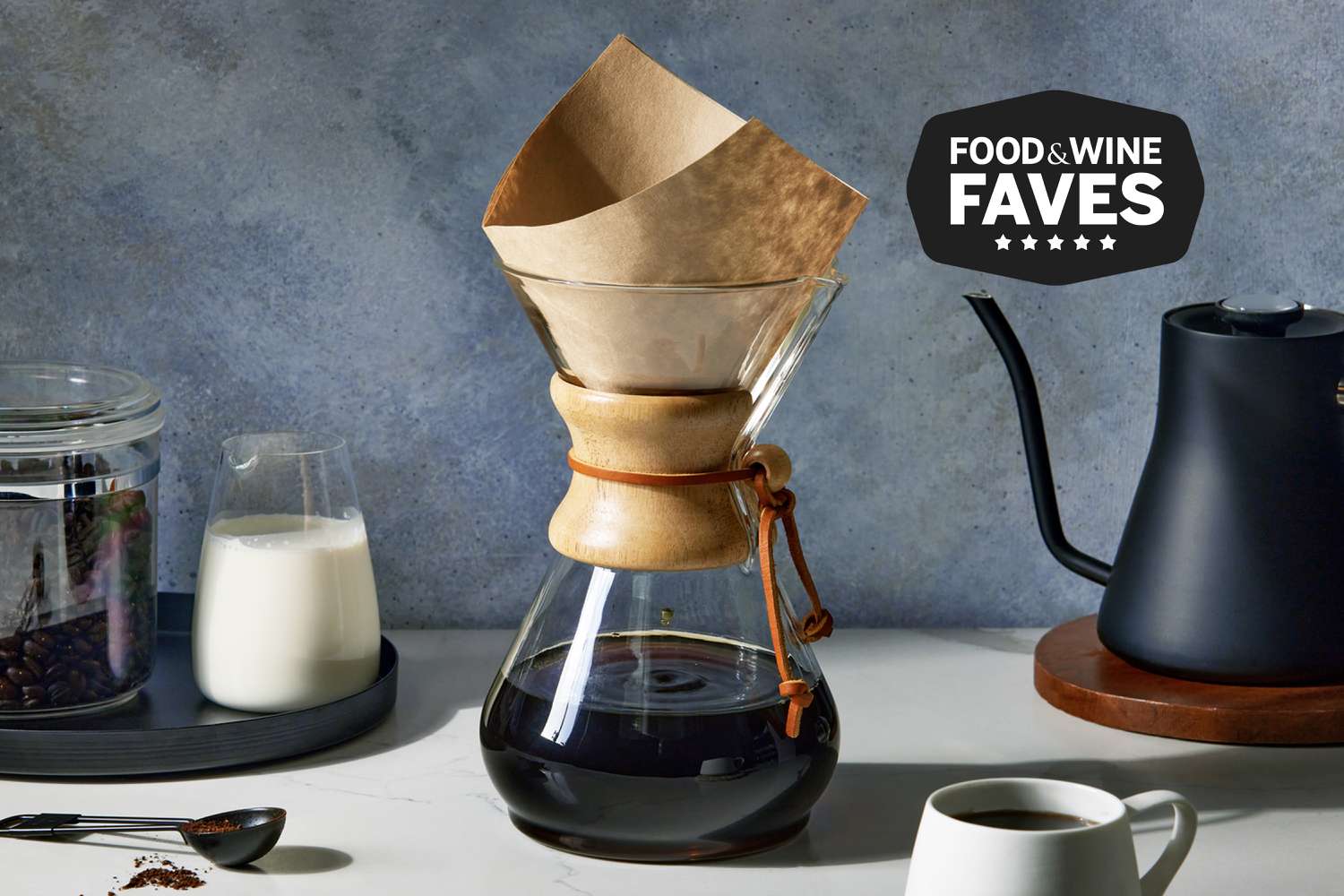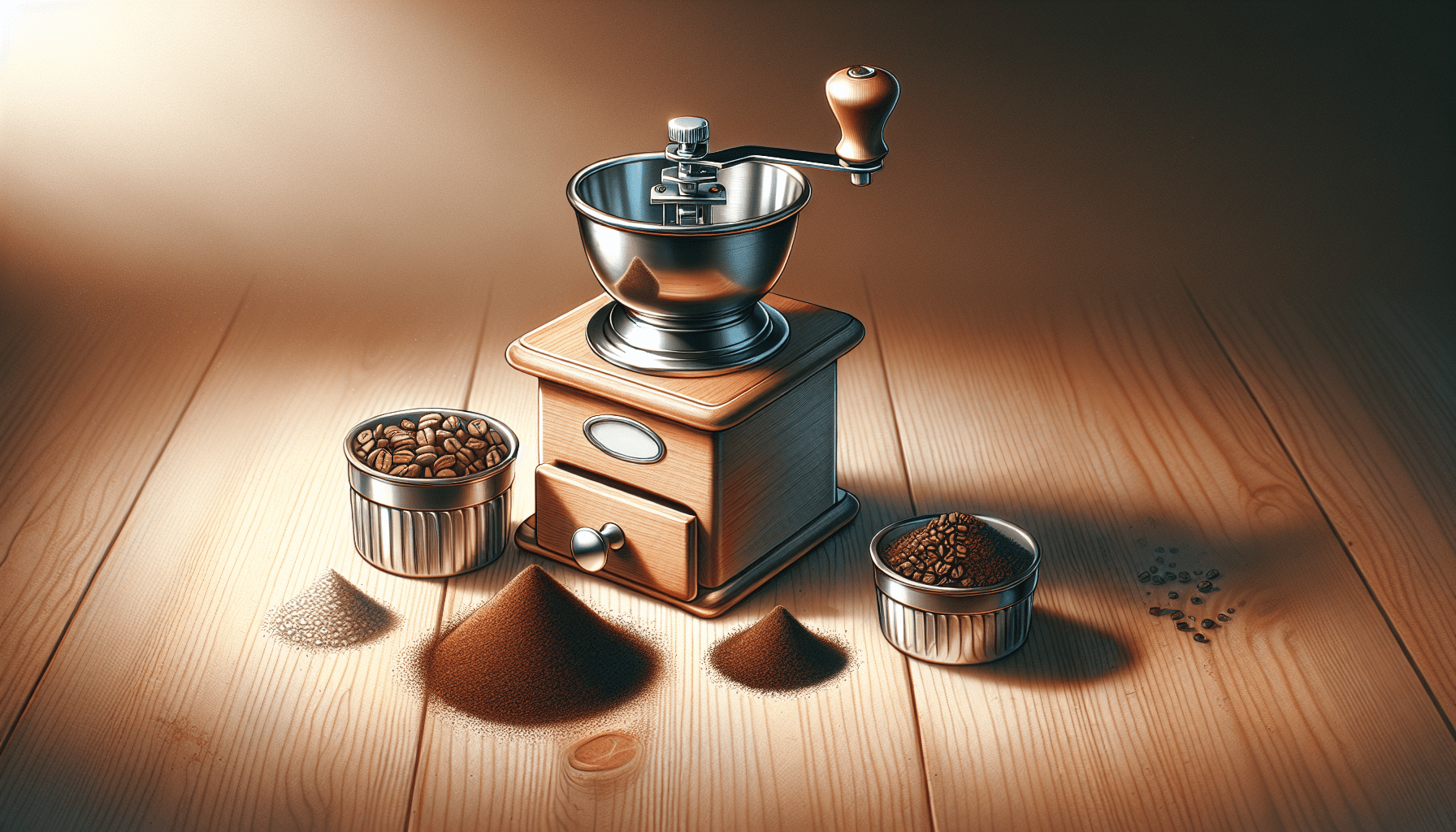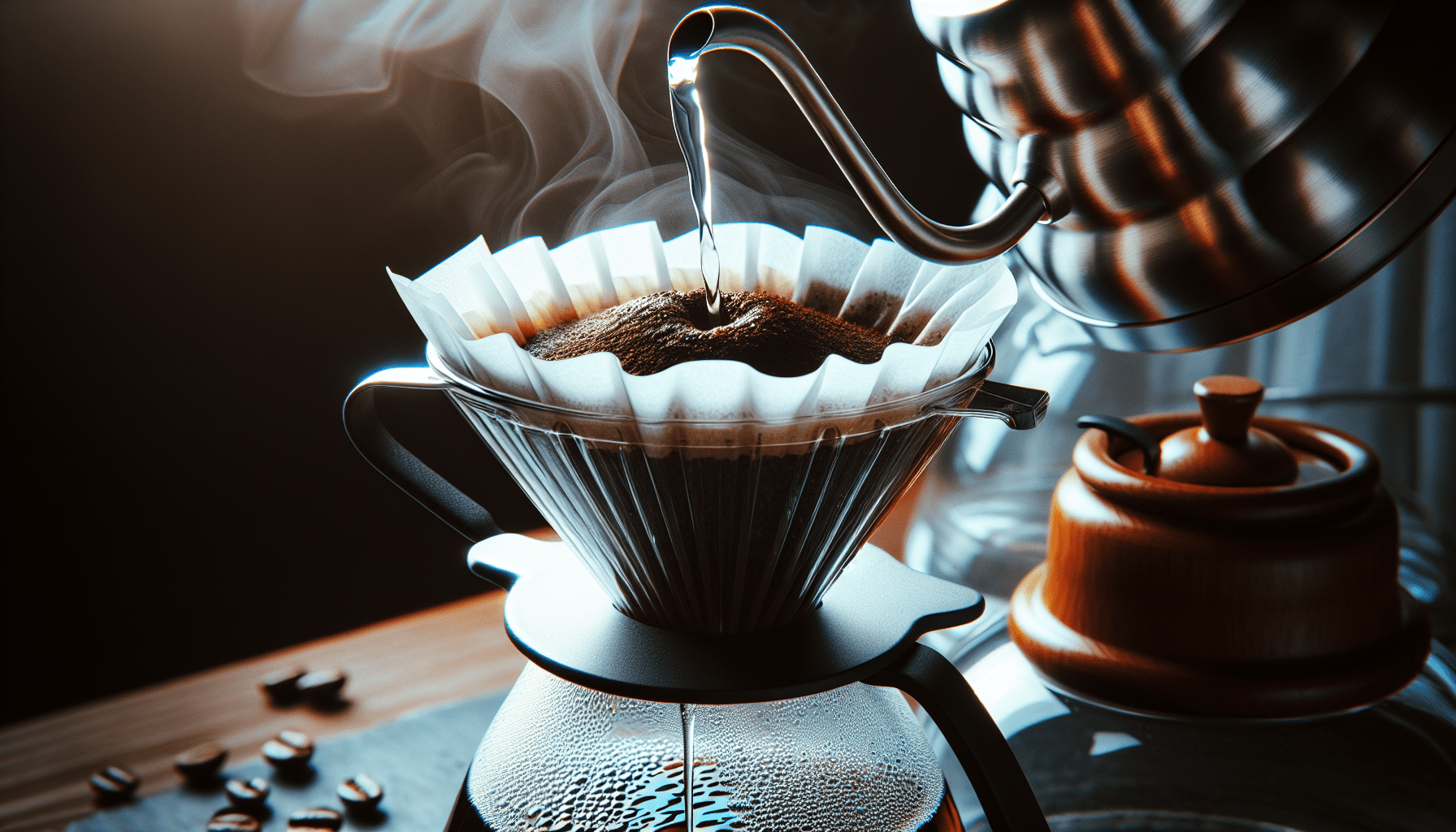How Often Should I Replace The Filter In A Pour-over Coffee Maker?
How often should you be changing the filter in your pour-over coffee maker? Let’s dive into the details and find out the best practices for keeping your coffee tasting fresh and delicious.
Importance of Regularly Changing Your Pour-over Coffee Maker Filter
Regularly changing the filter in your pour-over coffee maker is essential to ensuring that your coffee tastes fresh and flavorful every time you brew a cup. Over time, filters can become clogged with coffee grinds and oils, leading to a bitter taste in your coffee. By changing the filter regularly, you can avoid this and enjoy a smooth, great-tasting cup of joe every time.
Prevents Build-up of Coffee Oils and Residue
By changing your pour-over coffee maker filter regularly, you can prevent the build-up of coffee oils and residue that can accumulate over time. This build-up can not only affect the taste of your coffee but can also make your coffee maker less efficient. By regularly changing the filter, you can ensure that your coffee stays fresh and your maker stays in top condition.
Improves Coffee Quality and Taste
Fresh filters in your pour-over coffee maker can significantly improve the quality and taste of your coffee. Old, used filters can alter the flavor of your coffee, leaving it tasting bitter or stale. By changing the filter regularly, you can ensure that your coffee tastes as delicious as possible, every time you brew a cup.
Factors to Consider When Deciding How Often to Replace the Filter
When determining how often to replace the filter in your pour-over coffee maker, there are several factors to consider. These factors can help you determine the frequency at which you should change your filter to maintain the quality of your coffee.
Frequency of Use
One of the most critical factors to consider is how often you use your pour-over coffee maker. If you use it daily, you may need to replace the filter more frequently than if you only use it occasionally. The more you use your coffee maker, the faster the filter will become clogged, affecting the taste of your coffee.
Type of Coffee Beans
The type of coffee beans you use can also impact how often you need to replace the filter in your pour-over coffee maker. Darker roasts tend to release more oils during the brewing process, which can clog the filter more quickly. If you primarily use dark roasts, you may need to change the filter more often to maintain the quality of your coffee.
Water Quality
The quality of the water you use in your pour-over coffee maker can also affect how often you need to replace the filter. If you have hard water with a high mineral content, mineral deposits can build up in the filter, reducing its effectiveness. In areas with hard water, you may need to replace the filter more frequently to prevent these deposits from affecting the taste of your coffee.
Signs It’s Time to Replace Your Pour-over Coffee Maker Filter
Knowing when it’s time to replace the filter in your pour-over coffee maker is essential to ensuring that your coffee tastes as fresh and delicious as possible. Look out for these signs that indicate it’s time to change your filter.
Slow Brewing Time
If you notice that your pour-over coffee maker is taking longer than usual to brew a cup of coffee, it may be a sign that the filter is becoming clogged. A clogged filter can slow down the brewing process, resulting in a weaker, less flavorful cup of coffee. By replacing the filter, you can restore the brewing time to its optimal level and enjoy a better-tasting cup of coffee.
Bitter or Stale Taste
An off or bitter taste in your coffee can be a clear indicator that it’s time to replace the filter in your pour-over coffee maker. Old, used filters can alter the flavor of your coffee, leaving it tasting bitter or stale. By replacing the filter, you can ensure that your coffee tastes fresh and delicious, without any unwanted flavors lingering in the brew.
Visible Build-up on Filter
If you notice visible build-up or residue on the filter of your pour-over coffee maker, it’s a clear sign that it’s time for a replacement. Build-up on the filter can affect the taste of your coffee and make your brew less flavorful. By replacing the filter, you can ensure that your coffee stays fresh and free from any residue that can alter the taste.
How Often Should You Replace the Filter in Your Pour-over Coffee Maker?
Now that you understand the importance of regularly changing your pour-over coffee maker filter and the factors to consider when deciding how often to replace it, let’s discuss some general guidelines for replacement frequency.
Daily Use
If you use your pour-over coffee maker daily, it’s recommended to replace the filter every two weeks. Daily use can lead to a faster build-up of oils and residue in the filter, affecting the taste of your coffee. By changing the filter every two weeks, you can maintain the quality of your coffee and enjoy a fresh brew every day.
Occasional Use
If you only use your pour-over coffee maker occasionally, you can replace the filter once a month. Infrequent use can still lead to the build-up of oils and residue in the filter, although at a slower rate than daily use. By changing the filter once a month, you can keep your coffee tasting fresh and delicious, even if you don’t brew a cup every day.
Dark Roasts
If you primarily use dark roast coffee beans in your pour-over coffee maker, you may need to replace the filter more frequently. Dark roasts release more oils during the brewing process, which can clog the filter faster. It’s recommended to replace the filter every 10-14 days if you use dark roasts to maintain the quality of your coffee.
Hard Water
If you have hard water with a high mineral content, you may need to replace the filter more often to prevent mineral deposits from affecting the taste of your coffee. It’s recommended to replace the filter every 10-14 days if you have hard water to ensure that your coffee stays fresh and flavorful.
Best Practices for Maintaining Your Pour-over Coffee Maker Filter
In addition to regularly changing the filter in your pour-over coffee maker, there are some best practices you can follow to maintain the filter and keep your coffee tasting fresh and delicious.
Rinse Filter After Each Use
After brewing a cup of coffee, be sure to rinse the filter thoroughly with hot water to remove any coffee grinds and oils. Rinsing the filter after each use can prevent build-up and prolong the life of the filter, ensuring that your coffee stays fresh and flavorful.
Air Dry Filter Completely
After rinsing the filter, allow it to air dry completely before placing it back in the pour-over coffee maker. Moisture can lead to mold and mildew growth, which can affect the taste of your coffee. By ensuring that the filter is completely dry before use, you can prevent any unwanted flavors from contaminating your coffee.
Store Filters Properly
When not in use, store your pour-over coffee maker filters in a clean, dry place to prevent any contamination. Avoid storing filters in areas with high humidity or temperature fluctuations, as this can affect the quality of the filter. By storing filters properly, you can maintain their effectiveness and ensure that your coffee tastes as fresh as possible.
Replace Filter Holder Regularly
In addition to changing the filter, it’s essential to regularly replace the filter holder in your pour-over coffee maker. Over time, filter holders can become clogged with residue and oils, affecting the quality of your coffee. By replacing the filter holder regularly, you can maintain the efficiency of your coffee maker and ensure that your coffee tastes fresh and delicious.
Conclusion
Regularly changing the filter in your pour-over coffee maker is essential to ensuring that your coffee tastes fresh and delicious every time you brew a cup. By following the best practices for maintaining your filter and considering the factors that can impact filter replacement frequency, you can enjoy a smooth, great-tasting cup of joe every day. Remember to pay attention to the signs that indicate it’s time to replace your filter and follow the guidelines for replacement frequency to keep your coffee tasting its best. Cheers to a perfectly brewed cup of coffee!




